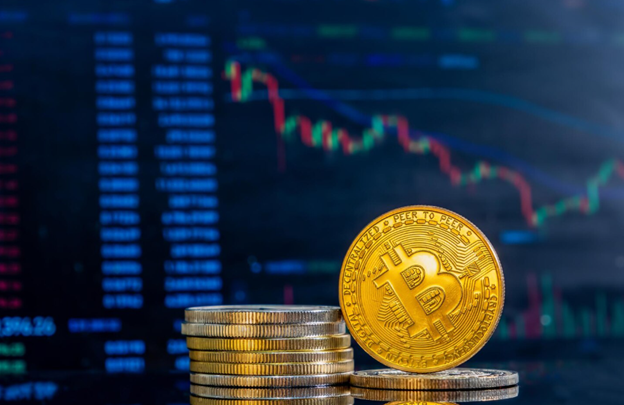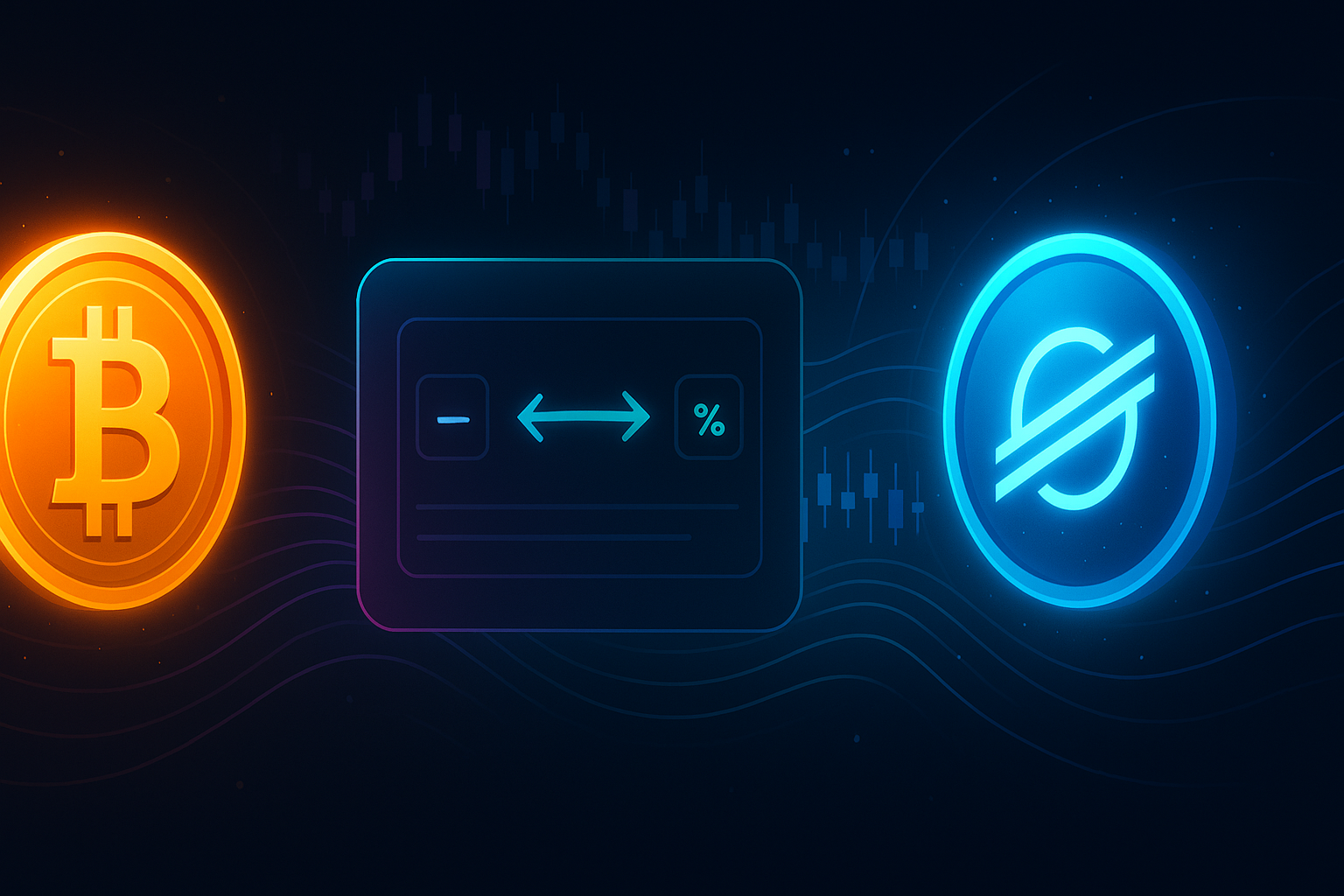From the early days of Bitcoin’s debut to today’s high‑speed platforms, the idea of an anonymous cryptocurrency exchange has transformed dramatically. Did you know that the first peer‑to‑peer Bitcoin trade in 2009 occurred virtually without any identity checks at all? That foundation paved the way for modern platforms like GhostSwap, where truly anonymous cryptocurrency swaps are now viable. In this blog you’ll discover how the landscape evolved, what key services now define the category, and how to assess these platforms with experience and authority in mind.
The Origins of Anonymous Crypto Exchange
In the wake of Bitcoin’s creation in 2009, early enthusiasts could transfer value worldwide with minimal oversight. Back then, the concept of an anonymous cryptocurrency exchange meant little more than sending BTC directly from wallet to wallet. Over time, as mainstream exchanges grew and regulation expanded, traders began demanding real anonymous cryptocurrency swaps that is, platforms that let them exchange tokens without KYC, registration or data collection.
The shift from manual wallet‑to‑wallet trades to purpose‑built platforms marked a major step. Services emerged offering non‑custodial models and cross‑chain capabilities. For example, GhostSwap lets in users to swap extra than 1,500 cryptocurrencies without registering an account or filing identity.
Core Features

When you evaluate an anonymous cryptocurrency exchange, key features include:
- No KYC requirements or user accounts.
- Non‑custodial operation: you retain control of your wallet and keys.
- Support for anonymous cryptocurrency swaps across multiple chains.
- Transparent fees and minimal friction in the swapping process.
For example, GhostSwap markets itself as “no accounts, no limits” and highlights total privacy and fast swaps.
Real‑World Example

GhostSwap is often cited as a benchmark: according to one review, the platform “enables private, cross‑chain crypto swaps without requiring KYC or registration”. This demonstrates how anonymous cryptocurrency swaps have matured from rudimentary wallet swaps to fully‑featured services with enterprise‑level support for hundreds of coins and multiple blockchains.
Best Practices When Using Anonymous Crypto Platforms
Here are several practical tips drawn from experience:
- Use small test swaps before converting significant amounts. Some users recommend starting with modest sums to verify process reliability.
- Always double‑check wallet addresses and network selection; in non‑custodial swaps any mistake is irreversible.
- Choose platforms that highlight transparency clear fees, public swap flows, and non‑custodial design. GhostSwap emphasizes that the platform never holds your funds.
- Stay aware of jurisdictional rules: even when a platform offers true anonymous cryptocurrency swaps, local laws may still apply.
Conclusion
The evolution of the anonymous cryptocurrency change has improved from easy wallet‑to‑wallet trades to state-of-the-art platforms supplying full‑featured, non‑custodial, account‑loose offerings. The upward push of nameless cryptocurrency swaps reflects a broader shift: customers are seeking privateness, control and ease in crypto buying and selling. Ready to explore private swapping? GhostSwap, familiarise yourself with its features, try a small swap, and decide if this new era of anonymous crypto exchange fits your style. What’s your key priority when swapping crypto privacy, speed or cost? Share your thoughts!
FAQs:
What is an anonymous cryptocurrency exchange?
An anonymous cryptocurrency exchange is a platform that allows you to swap or trade cryptocurrencies without needing to submit personal identification, without KYC, and typically without registering an account enabling truly anonymous cryptocurrency swaps.
How do anonymous cryptocurrency swaps work?
You simply select what you send and what you get, provide the recipient wallet address, deposit your asset, and the platform executes the swap. Your identity is not collected this is the essence of anonymous cryptocurrency swaps.
Is an anonymous cryptocurrency exchange safe to use?
It can be if you choose carefully: a good platform uses a non‑custodial model (you keep control of your funds), shows transparent fees, and supports secure, reliable infrastructure. But risk remains mistakes in addresses or network selection can result in loss.
Will regulations end anonymous cryptocurrency exchanges?
Regulations are increasing globally, and platforms may face pressure but demand for anonymous cryptocurrency swaps remains strong. Platforms that balance privacy, security and compliance will likely continue to adapt and serve users seeking anonymity.





